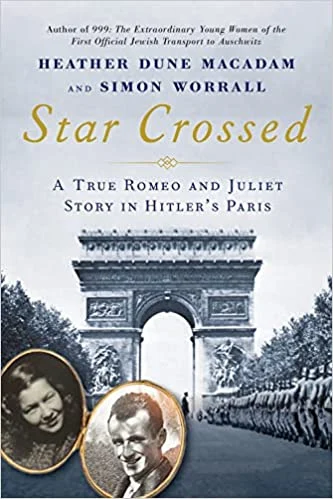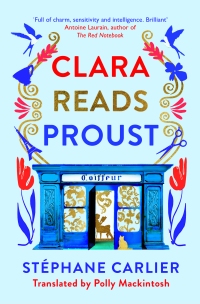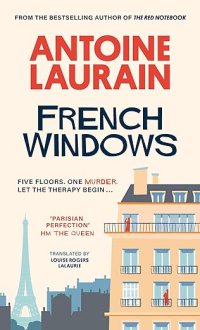Thank you for having me here today on my Scent of Triumph! First, a little about me. For years I worked in the beauty industry; I cataloged thousands of new and classic perfumes for women and men, and created touch-screen programs (FragranceIQ, SKinIQ) for Sephora, DFS, Nordstrom and JCPenney stores, work for which I received a FiFi award from The Fragrance Foundation in New York.
When I began to write, it seemed natural to write about perfumery. Scent of Triumph follows a French perfumer during the 1940s. Perfume and aromas are her professional frame of reference, so vintage perfumes are laced throughout the book.
Today I’d like to feature the background history on two classic perfumes still popular around the world. Even if you’ve never worn them, chances are someone you remember someone who does. Our olfactory sense—our sense of smell—is the strongest memory trigger we have, with a direct path to the limbic center of the brain, the seat of memories and emotions.
In Scent of Triumph my protagonist, Danielle Bretancourt, has specific memories or encounters with each one of these perfumes. (Without giving the scenes away, I wanted to share the history on each perfume, so when you read Scent of Triumph, you’ll have extra insight as to why these were included.)
Mitsouko by Guerlain (1919) – Created on the eve of the Roaring Twenties, Mitsouko reflects the Far Eastern style that became the rage in the flamboyant years after World War I. Third generation perfumer Jacques Guerlain developed Mitsouko for women of passion, intensity, strength, and introspection.
Mitsouko opens with fruity top notes of tangy bergamot and smooth, mellow peach. A lilac blend follows, dissolving into a woody chypre drydown, redolent of vetiver, oakmoss, and amber. Mitsouko is a sensual, voluptuous fragrance, like a dark, full-bodied Cabernet Sauvignon.
Mitsouko means “mystery” in Japanese and was inspired by a character in the Claude Farrère novel, La Bataille, or The Battle. The story revolved around the ill-fated love of an English officer and the wife of the ship’s commander–a beautiful Japanese woman named Mitsouko. Farrère had mentioned another Guerlain fragrance, Jicky, in one of his novels, so Jacques Guerlain reciprocated the honor by naming his fragrance after a Farrère character. And so Mitsouko lives on, in print and in fragrance. It remains one of the great jewels of the House of Guerlain.

Chanel No. 5 (1921) – Chanel No. 5 was the first fragrance from Parisian couturier Gabrielle “Coco” Chanel, who was one of the first designers to introduce a perfume. According to Chanel, the secret behind Chanel No. 5 is an extraordinary, powdery blend of aldehydes–ingredients that defy categorization–combined with rich floral and warm amber notes. Take a tip from Marilyn Monroe–when the press once asked what nightwear she wore to bed, she smiled and answered, “Chanel No. 5.” And that was all.
What inspired the numeric name? Chanel once reported that when she asked Ernest Beaux to create a fragrance for her, he presented her with several scents, and she selected the bottle numbered “5.” Coincidentally, her couture collection was scheduled for presentation on the fifth day of the fifth month–May 5. Interpreting this as a good omen, she bestowed upon the fragrance the name of Chanel No. 5. It was the popularity of the early Chanel fragrances that spawned the designer fragrance industry of today.
Thanks for stopping by today! I hope you’ve enjoyed learning more about this vintage duo, and I hope you’ll enjoy reading Scent of Triumph.











